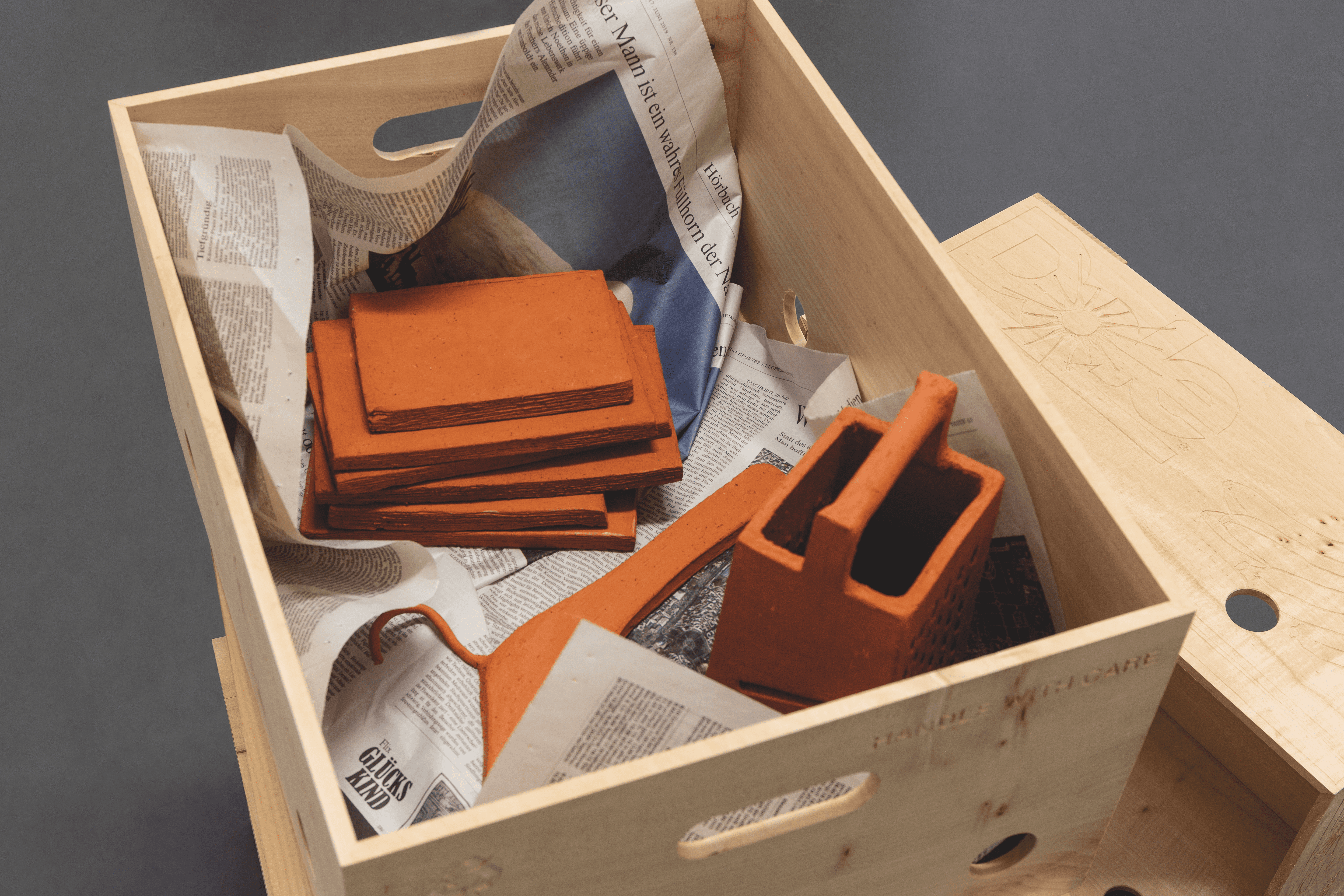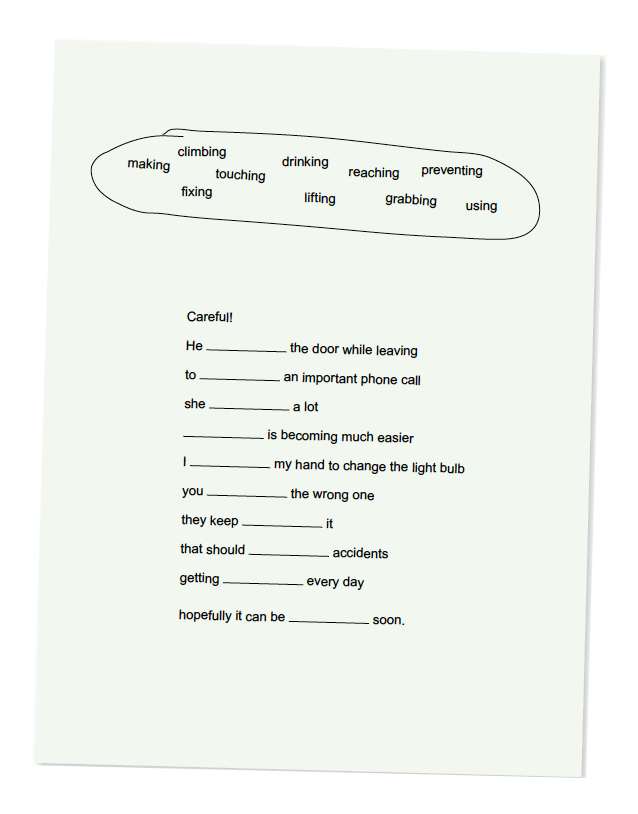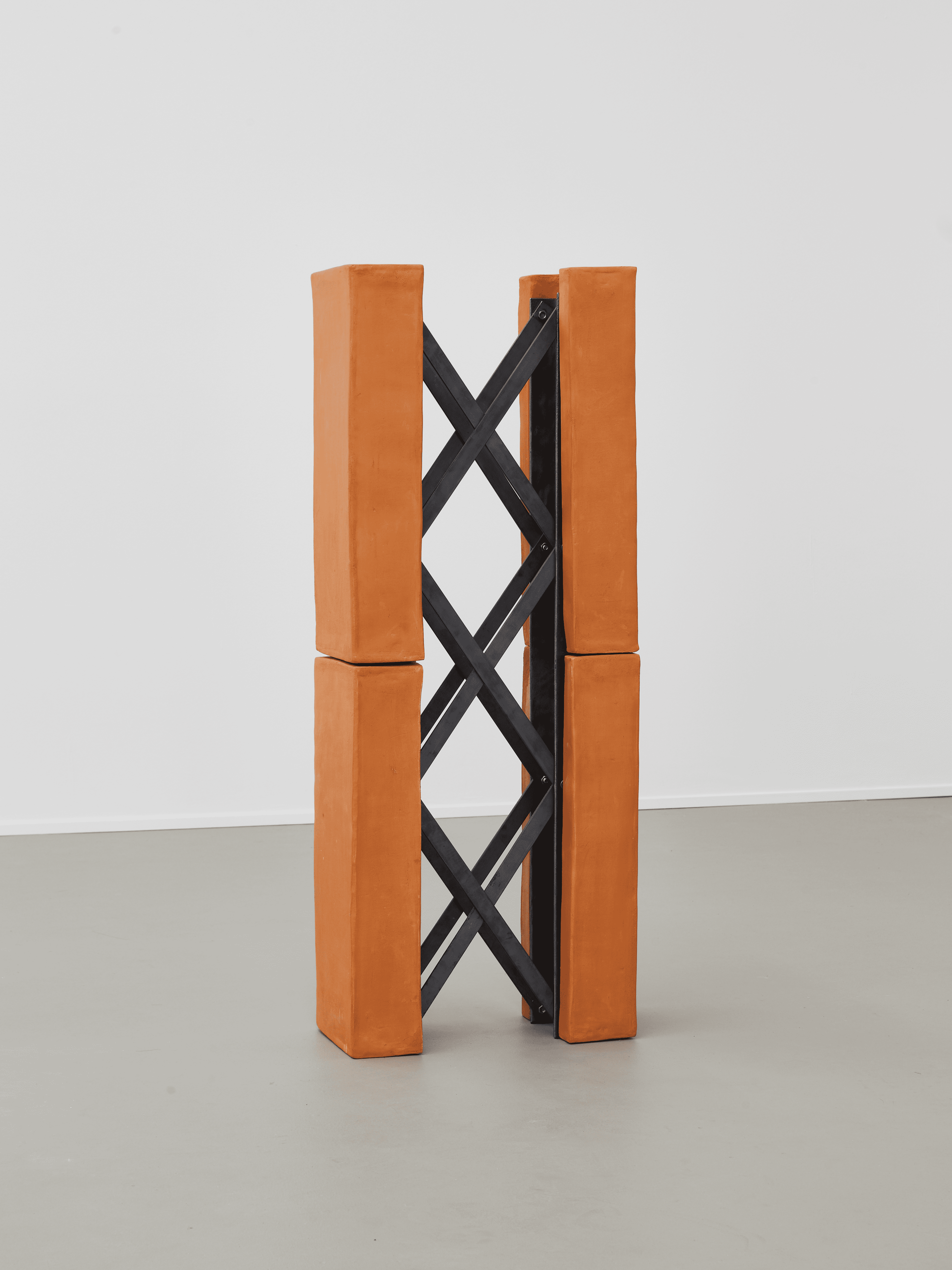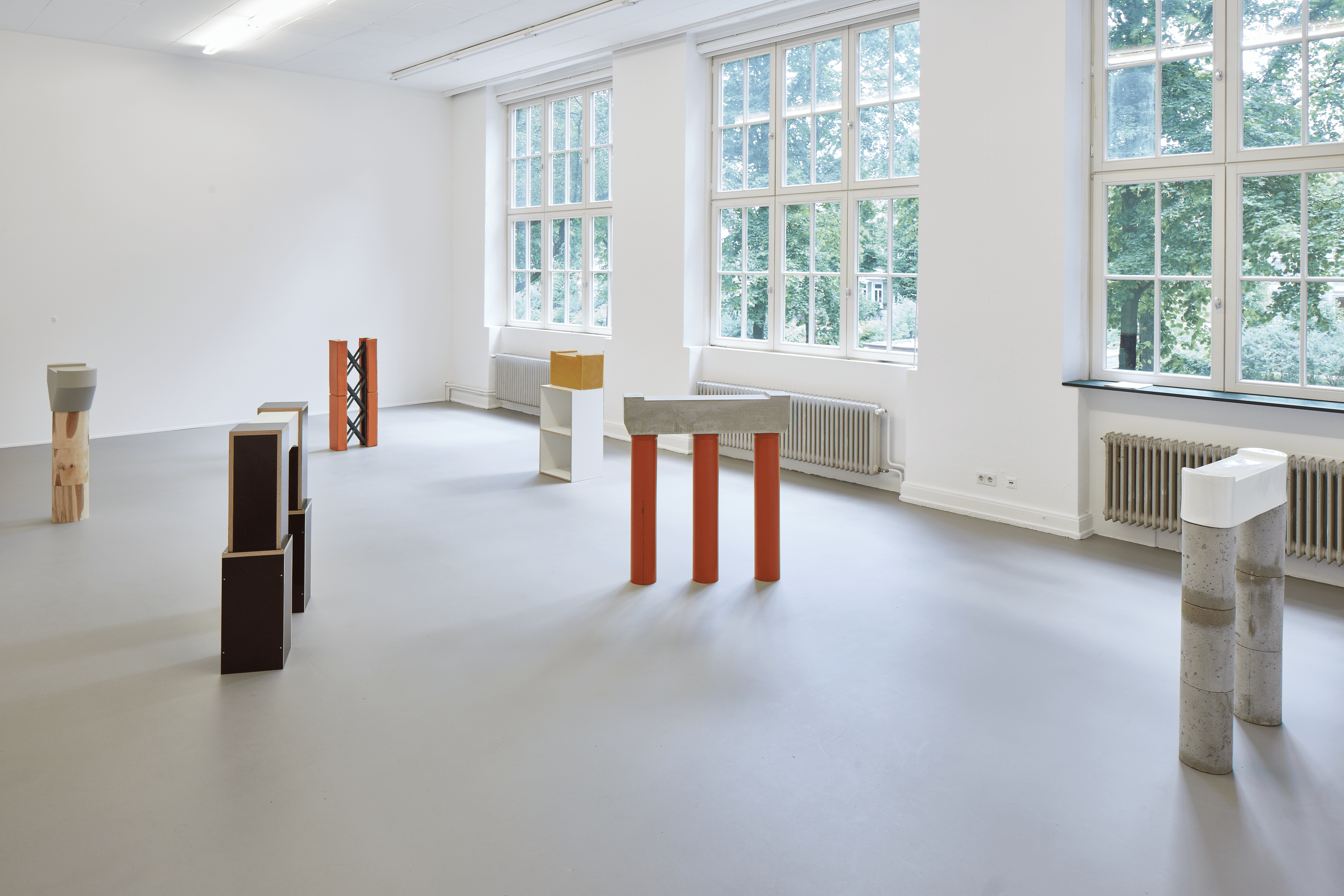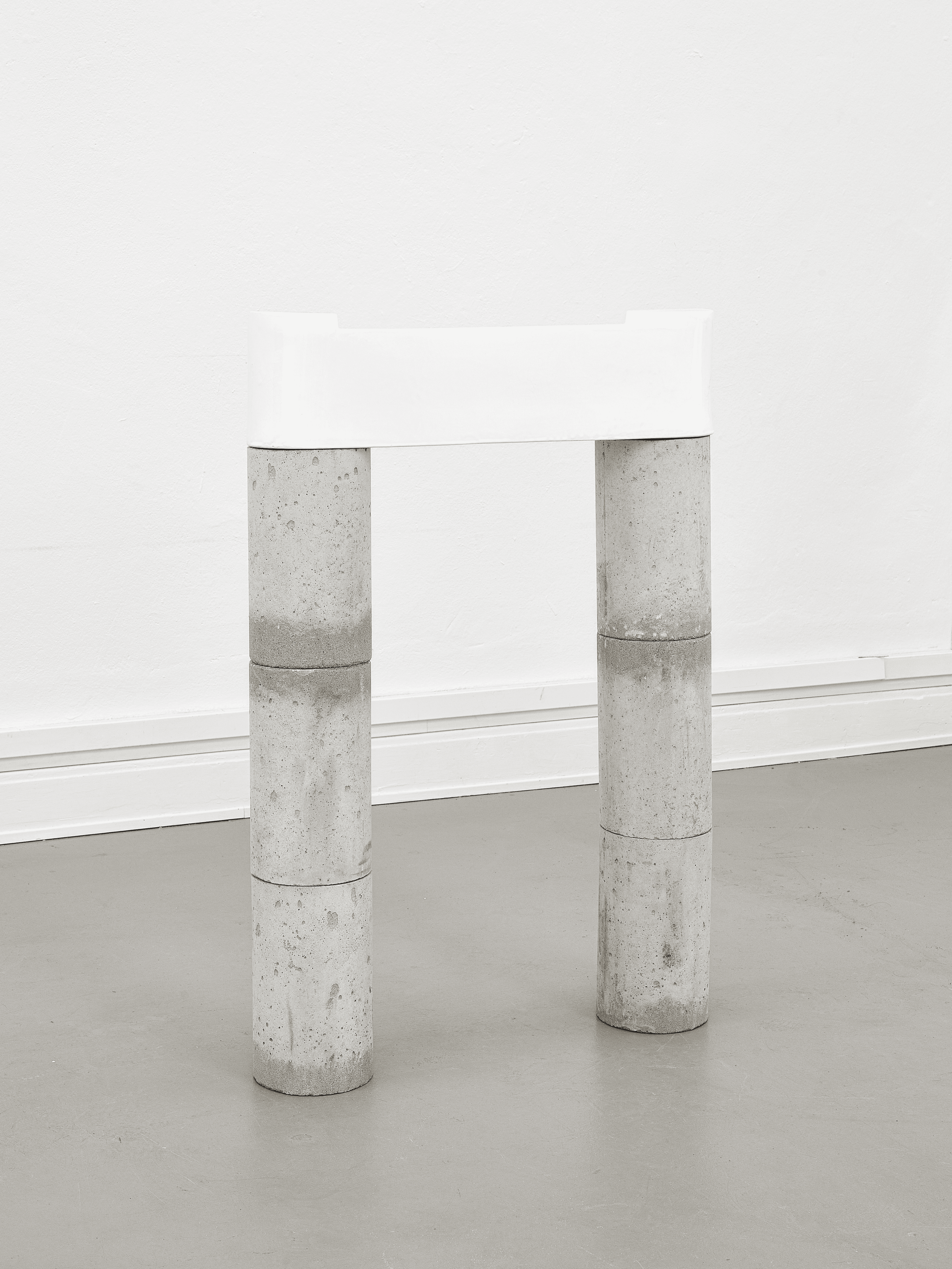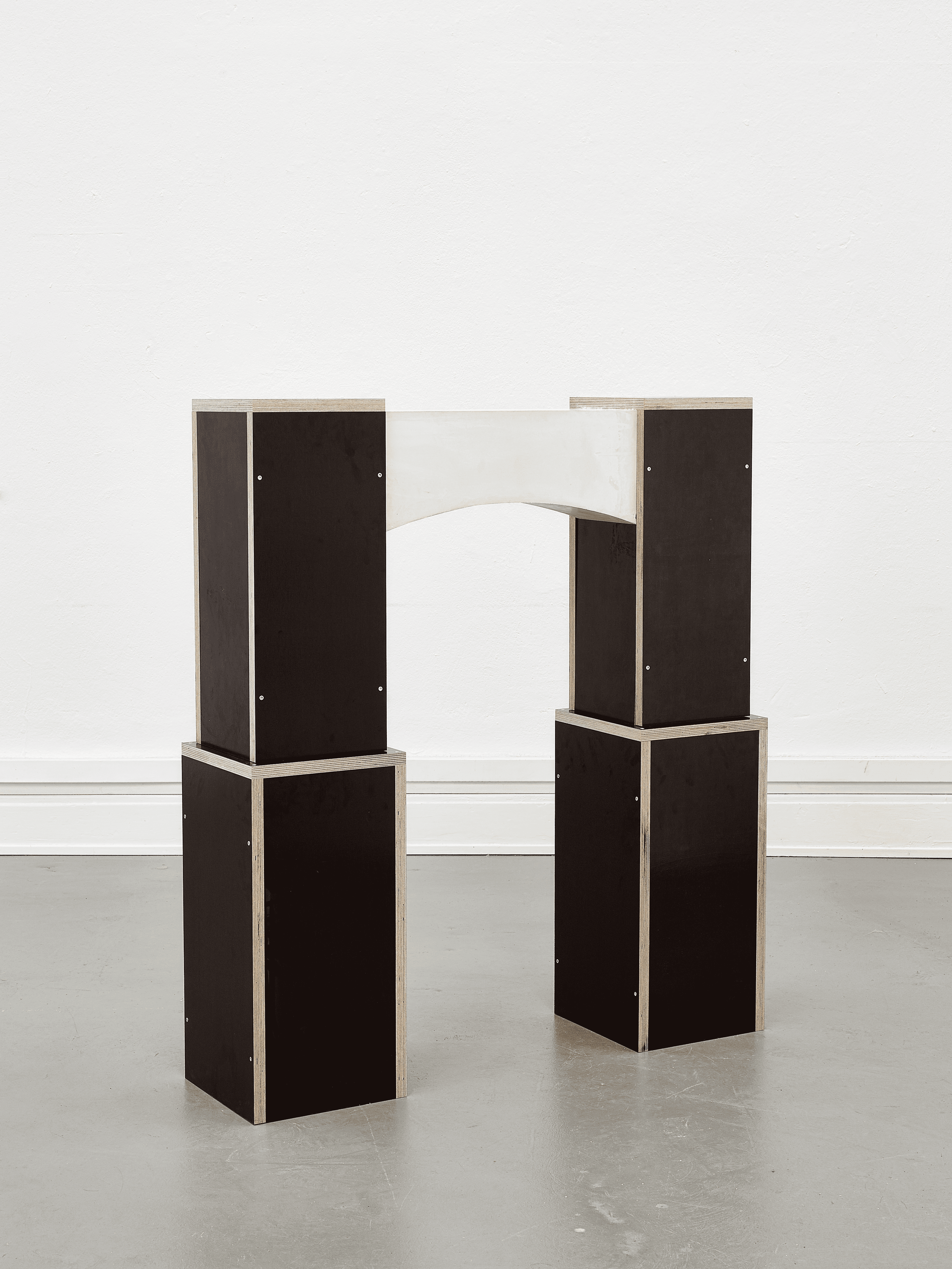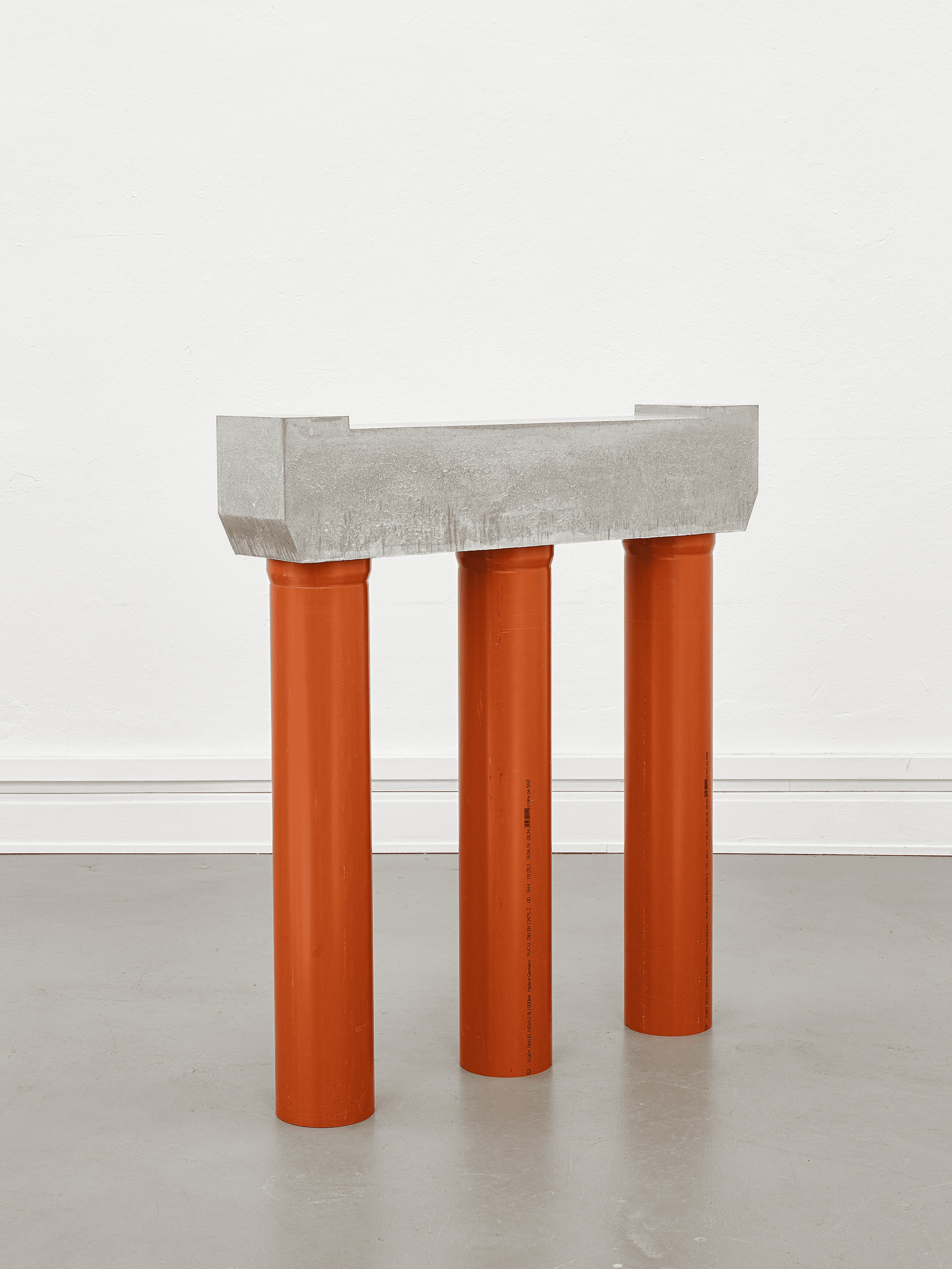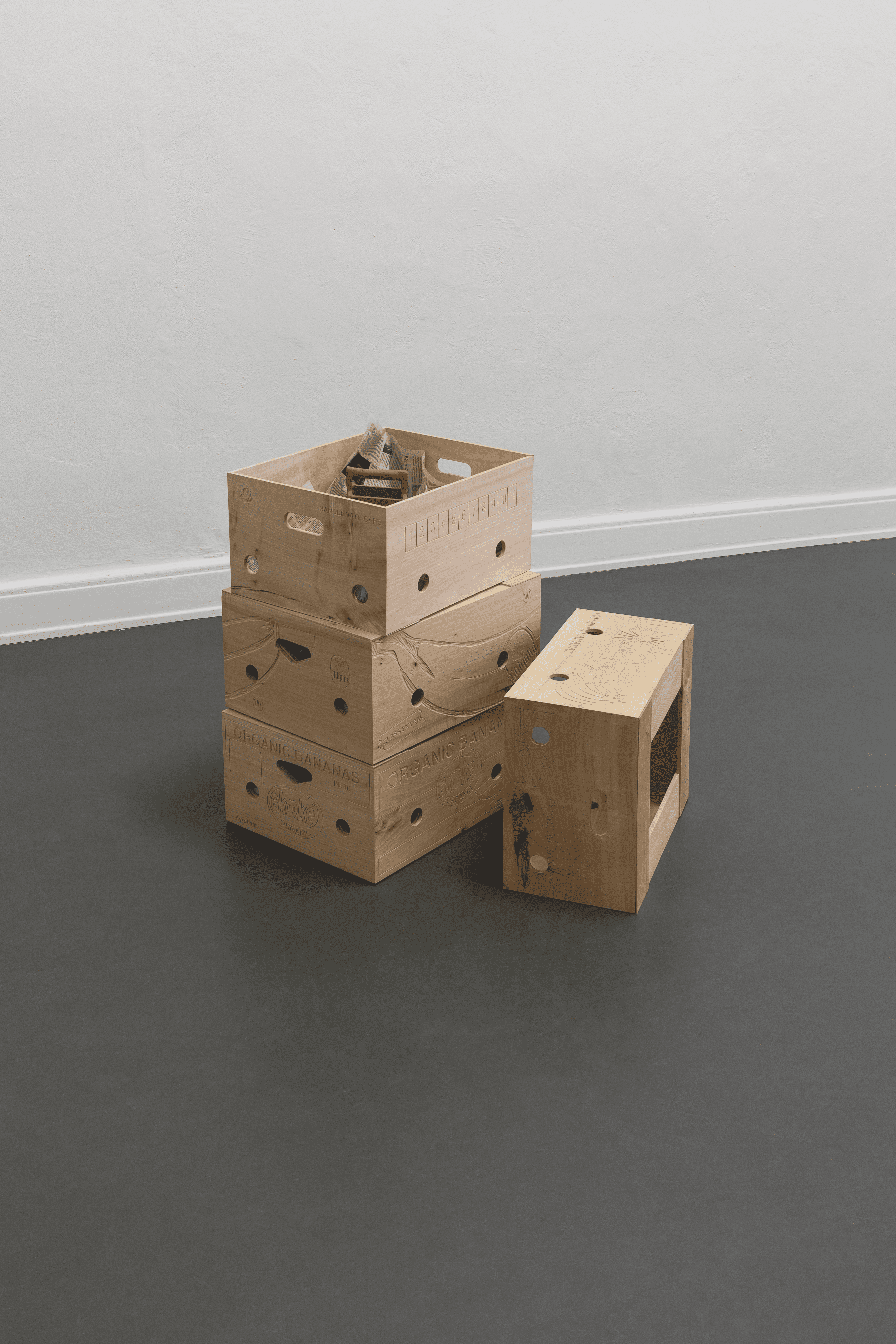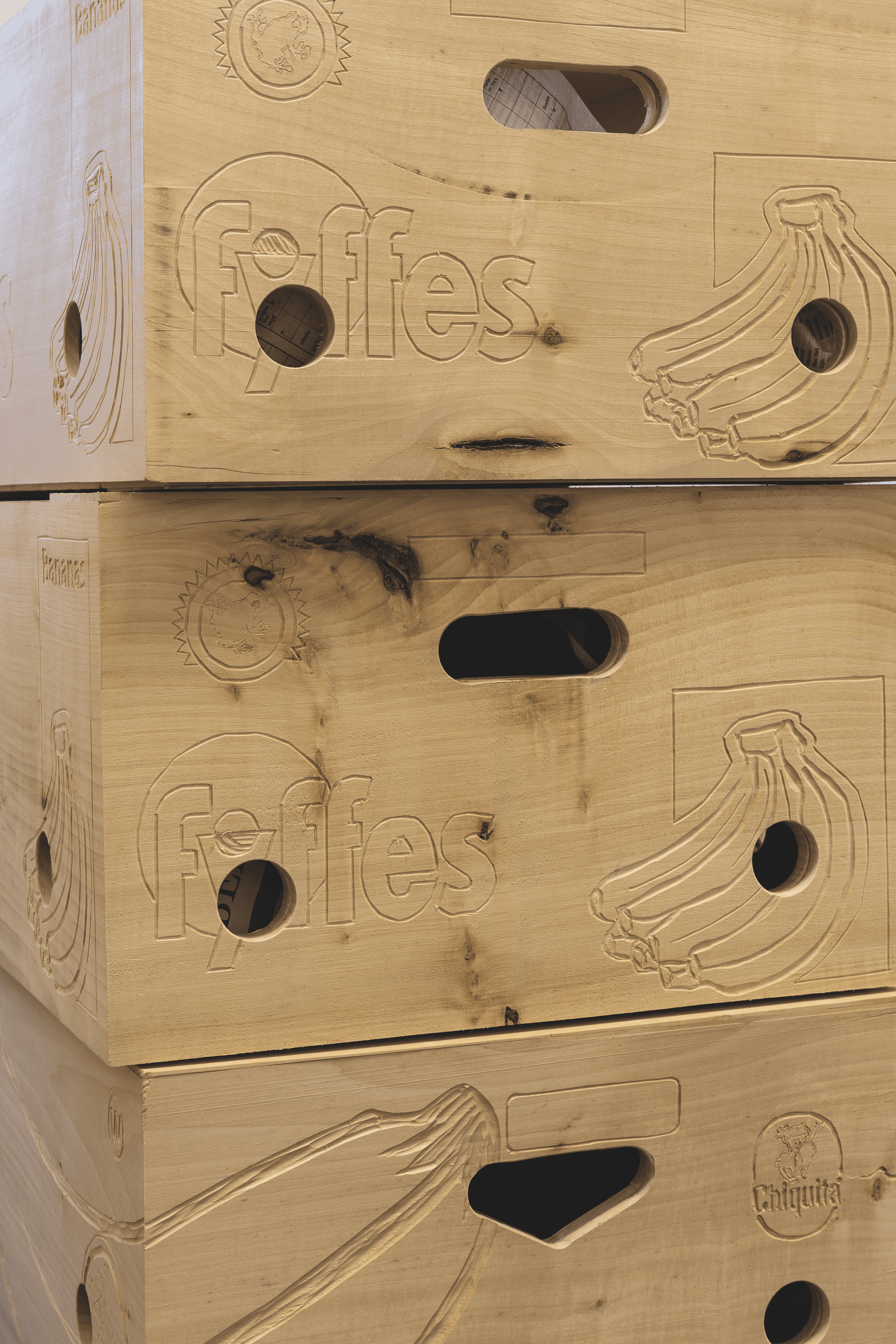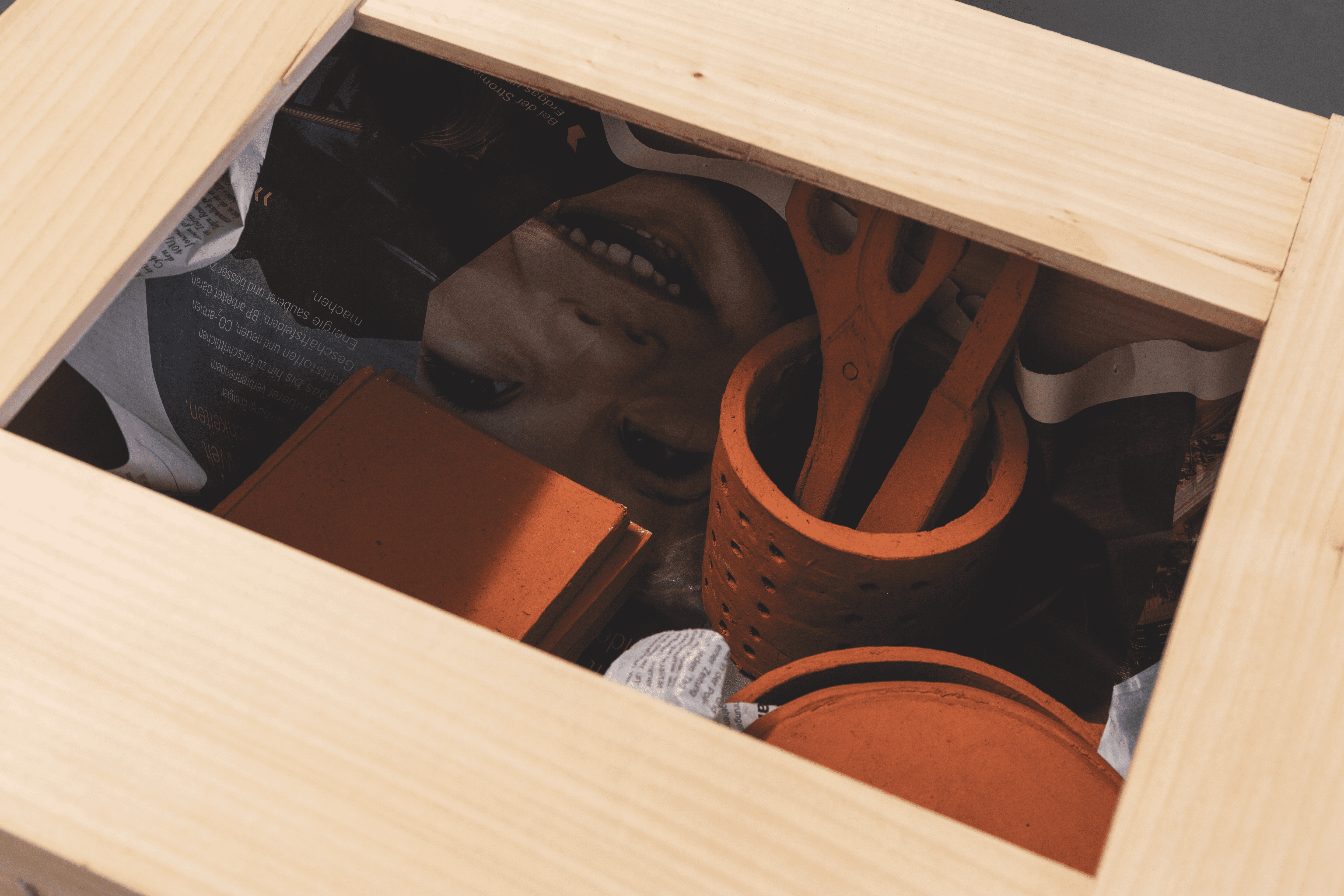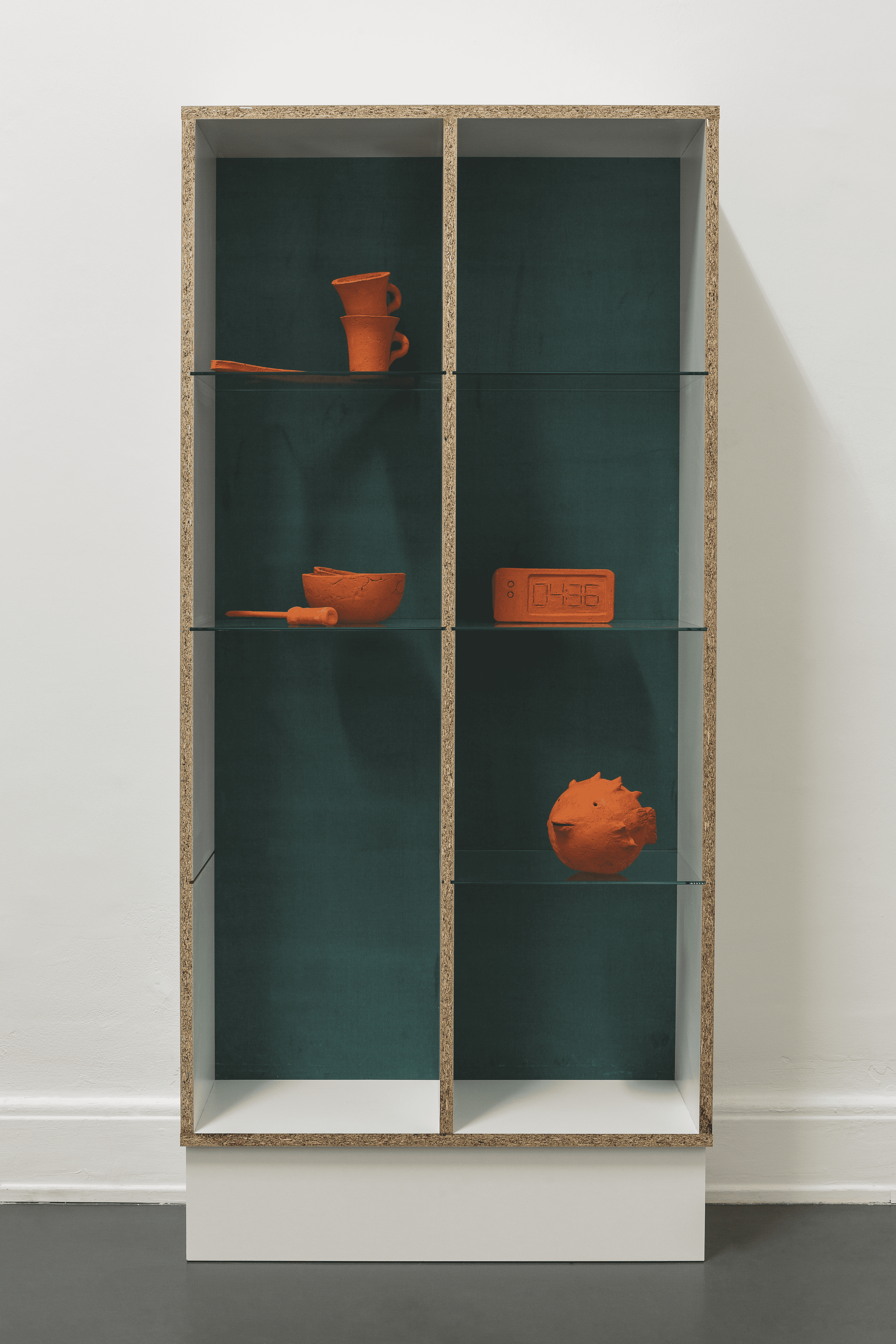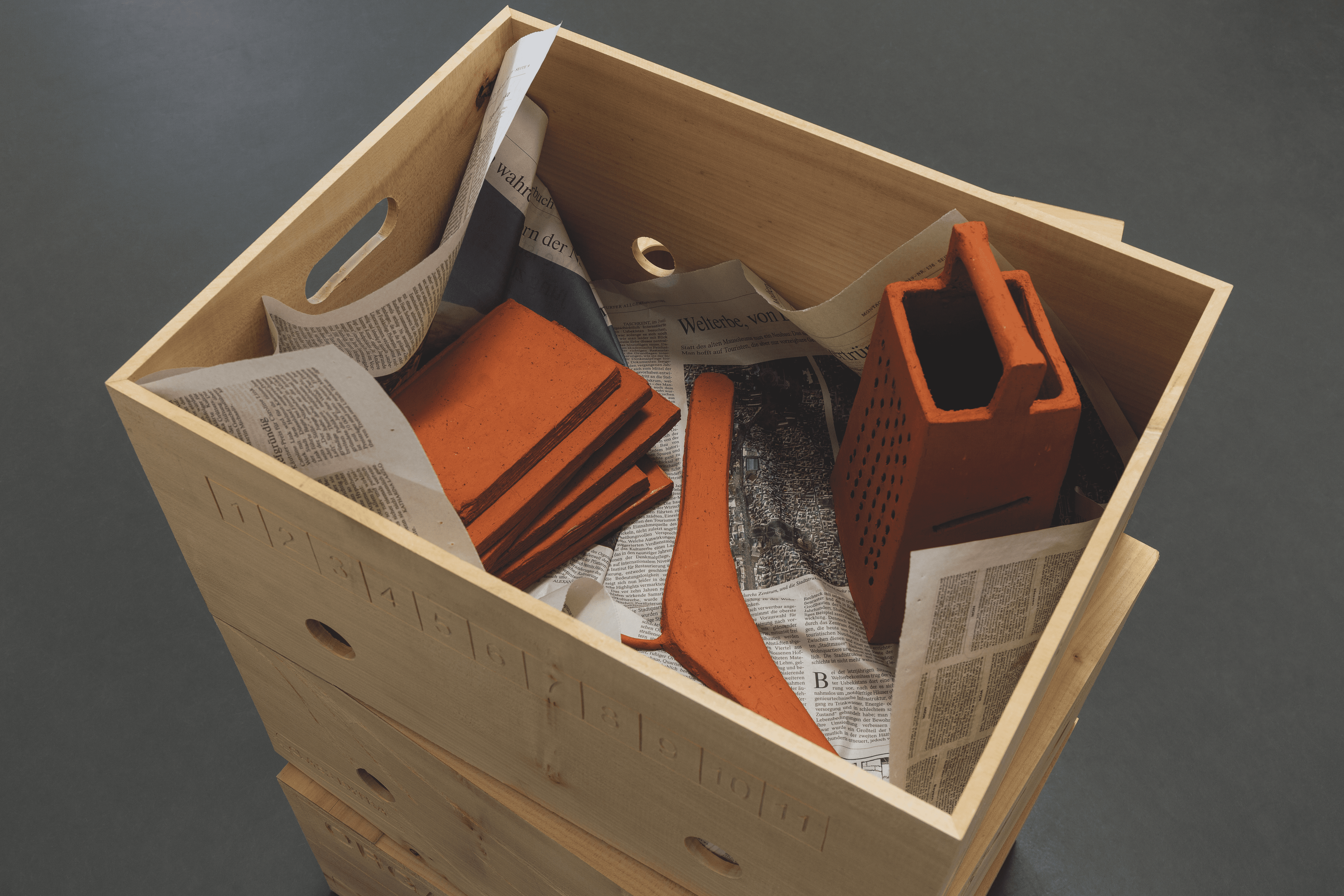Building Blocks
by Emma Wilson
Playing with building blocks seems to hold unending benefits for a child’s cognitive development. It helps with counting, directionality and problem solving, and teaches the effects of gravity, balance and elevation — everything needed to support a newly constructed block-world. In addition to all of this, enjoying these seemingly unliterary shapes encourages growth of language skills, and with a moment’s thought this makes sense: For the construction of both objects and sentences, an understanding of what each part does as an individual as well as what the parts do together is needed.
Their success as developmental toys is not for nothing. Though the regular games with these blocks might end with apparent maturity, the manner in which we engage with these really very basic playthings is simply transferred onto more complex components — just like the infant that graduates from pointing with an index finger to indicate ‘want’ to full sentences that persuade their interlocutor to hand the desired object over. Assumptions about the way things interact as well as the way we might interact with them are brought forward, learned from the tests carried out on childhood prototypes.
Here, thinking about these building blocks puts us in the mindset of modular play, ready to view three works of Shira Lewis. Multilayered material interactions operate throughout Lewis’ practice, as she accentuates a componential view of the world in sculptural installations and language works: In HANDLE WITH CARE, where a home is installed mid-way through moving; in the language exercises, where verbs hover above example sentences waiting to be slotted into gaps; and in the sculptures series future roads presents cars, where objects with seemingly interchangeable parts support an undefined infrastructure. Material translations make familiar objects unfamiliar, resulting in the recognisable features of educational, play, and home interior environments being coherently blended with the visual language of global logistics and industrial manufacturing. Like the blocks in the toy set, these works propose acts of assembly and disassembly, offering up multiple understandings of how they came to be and what they might become. What you’re looking at is always just a temporary stabilisation, awaiting human input to define its future, present or past function/s.
future roads present cars
In the six-part ongoing series future roads present cars, purposefully chosen materials are combined to form sculptures that allude to an unrecognised, industrial logic. The work invokes the ideas of Gilbert Simondon1
, who presented a reading of technical objects that divided them into three categories or layers; the element, the individual and the ensemble. Through this categorisation, Simondon demonstrated how each component of a technical object and its surroundings builds meaning and complexity of function through combination with another.
Within Lewis’ sculptural series there is a similar framework. Each of the six pieces contains a pair of materials balanced together to create single units. When exhibited as a sculptural installation that spreads across the room, they outline a collective support structure with bridges and aqueducts as unmistakable points of reference. At the top of each of the sculptures, the same chunk is missing as if one piece could slide into this common space and complete the row — lost or not yet invented. With this shared feature sculptures 1 to 6 might together hoist the same invisible road. Too large to be models and too small for actual road use, the balancing stacks appear like enlarged toys awaiting the hand of a giant child (an adult?) to drive their imaginary car overhead.
Rather than joining together spatially, the sculptures might be temporally linked instead, as variations on a design or prototypes that aim to solve the same problem. A line of evolution, not traffic, which showcases successive development. These units could then be just moments in a process, awaiting progression as each assemblage stands ready to exchange of parts with another. Or maybe they’re relics of a never-realised project, their title ironic and their purpose already an unfulfilled thing of the past.
An ambiguous, evolutionary timeline is what Katherine Hayles refers to with ‘future roads for present cars’, and it is from here of course that title of Lewis’ sculptural series originates. With it, Hayles describes the effect of temporal folding that occurs during technical innovation, when past, present and future appear together as simultaneous manifestations within technical objects2
, like old elements brought forward into newer models without functional reason, and the anticipation of future yet-to-occur requirements in a current design. True to their name, Lewis’ sculptures incorporate production materials alongside their products, presenting preparation and result as one instance. Plaster, used to cast the porcelain of future roads present cars 1, also forms the arch between the multiplex wood pillars in future roads present cars 4, and multiplex wood in turn was used to cast the concrete top in future roads present cars 3.
language exercises
Though the instructions are missing, it’s clear we should be building sentences. In language exercises, Lewis puts the viewer in the place of a test-taking student, offering a careful selection of examples that create a linguistic connection between intimate and industrial, and play with the way meaning interacts with structure in language.
Regardless of actual experience, the viewer’s position here is one of an English language learner: a non-native speaker. From this perspective, they sift through the available information to uncover the ‘secret codes’3 that indicate what goes where, both distanced from the language and given new access. The language learner’s unfamiliarity allows them to upset habitually used language rules precisely by not holding them as habitual, to exploit the traveling ability of linguistic components unrestricted by the native speaker’s familiar tie to common practice and procedures.
But we are in an educational environment and there are rules for successful communication, just as there are for a successfully tall stack of blocks. In this scenario the test-taking viewer is active in the creation of meaning as they mentally arrange the mixed-up components to work out the effect each movement has on the end example. The verbs hovering above flex their ability as ‘doing words’ to change the sense of each example below. They are objects on the page, the physical movement of which stabilises the sentences and conveys meaning to span a (metaphorical) gap in understanding between writer and reader.
As one word or another slots into the waiting gaps the intention of the sentence shifts: ‘I __ it tight’ can be read as the words of a child clutching their beloved teddy, a worker ratcheting up a strap to secure a heavy load or even a fabricator as they lovingly embrace their handiwork. The multiple (correct) combinations and meanings formed from these deconstructed sentences demonstrate the malleability of the language through the operation of its distinct units.
HANDLE WITH CARE
In the installation HANDLE WITH CARE, we catch the objects midway through moving. Half packed or unpacked banana boxes sit marooned on the exhibition floor, their irregular stacks typical of this sorting process. These crates are hand-carved from soft limewood sourced in Hamburg, Germany, where the work was developed, and lined with similarly local newspaper chronicling the days leading up to the ‘move’. Their cargo is a collection of homeware objects rendered into terracotta. These tools for living make their way between packaging and the bespoke, flatpack vitrine installed against the wall. In the process of moving house, the home is broken down into smaller parts, ready to be considered under new criteria and for function to be reassigned. In the packing boxes , the grater is no longer for food preparation and the books are not for reading: they are units for ballast and a wedge to stop the more delicate objects rolling back and forth. The object-components are able to travel in every sense as they negotiate amongst themselves during transit.
The title encapsulates the work’s two opposing scales of personal and industrial. The phrase HANDLE WITH CARE is seen everywhere in worldwide trade, stamped on anonymous packages regardless of contents, an unemotive instruction for generalised care. But individually the words are tender and a million miles from faceless global logistics:
To handle: feel or manipulate with the hands
To care: feel concern or interest; attach importance to something
On the one hand, we are looking at banana boxes, used for the daily shipment of millions of pieces of fruit around the world, a central component in a massive, multi-million pound trading process responsible for immense, intense, mono-crop cultivation. But on the other, these are individually crafted crates for the transportation of fragile belongings from the most private home space, the globally recognised logos translated by the profoundly personal act of hand-carving. This contradiction is further echoed by the vitrine, clearly custom-built but made to resemble commercially available flatpack shelves. The viewer is confronted by dual locations of two usually hidden spaces and the option to move the narrative from deeply personal to comment on globalisation.
In each work, through language lessons for travel abroad, bridge structures that carry passengers and cargo, and commercial packaging repurposed for personal possessions, Lewis transports goods and people and builds a picture of human-object relations.
Each object assemblage draws in a human involvement through a depiction of familiar tools in temporary formations. Infrastructure, homeware and language sit waiting for the engineer, worker, student or mover to develop the design, complete the sentence, to pack, unpack, send or deliver — to use the objects. When the viewer encounters these works, their constructive attention4 combines with the pieces’ physical attributes, identifying and activating latent potential. To the information on material, placement, quantity and so on, the viewer adds their personal connotations, their existing experience and previous interactions, in order to mentally manipulate these ‘blocks’ and construct a narrative of use — whether past, present or future.
